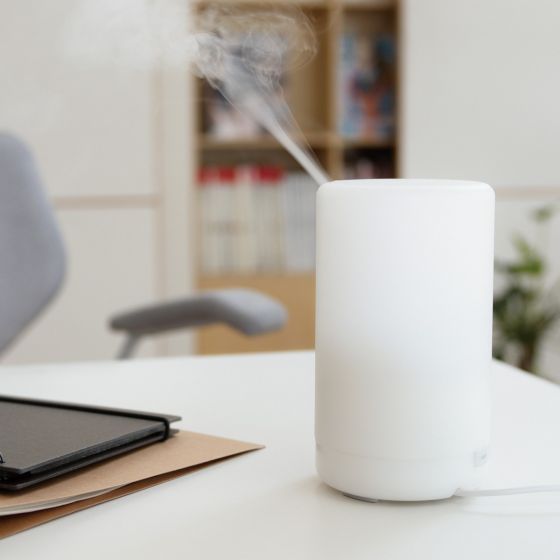Muji is the Japan retail company that sells many different varieties of household and consumer goods and also well known for its “less is more” philosophy and “no-brand or log” policy(Wikipedia). An ultra aroma diffuser is one of Muji’s steady seller items that disperses a fragrant mist in the room using ultrasonic waves. The article will be examined how the result of its philosophy is close to Human-Centered Design by Don Norman’s theory in The Design of Everyday Things.
Design is concerned with how things work, how they are controlled, and the nature of the interaction between people and technology. When done well, the results are brilliant, pleasurable products. When done badly, the products are unusable, leading to great frustration and irritation.
p5, The Design of Everyday Things
Borrowing his words, the Digital product needs to be concerned with how they are controlled with the layout, or how the nature of the interaction between people and technology operates well, and how the Digital product works well with the mechanism.
😃Excellent Signifiers and Mapping: Intuitive scale bars and signs
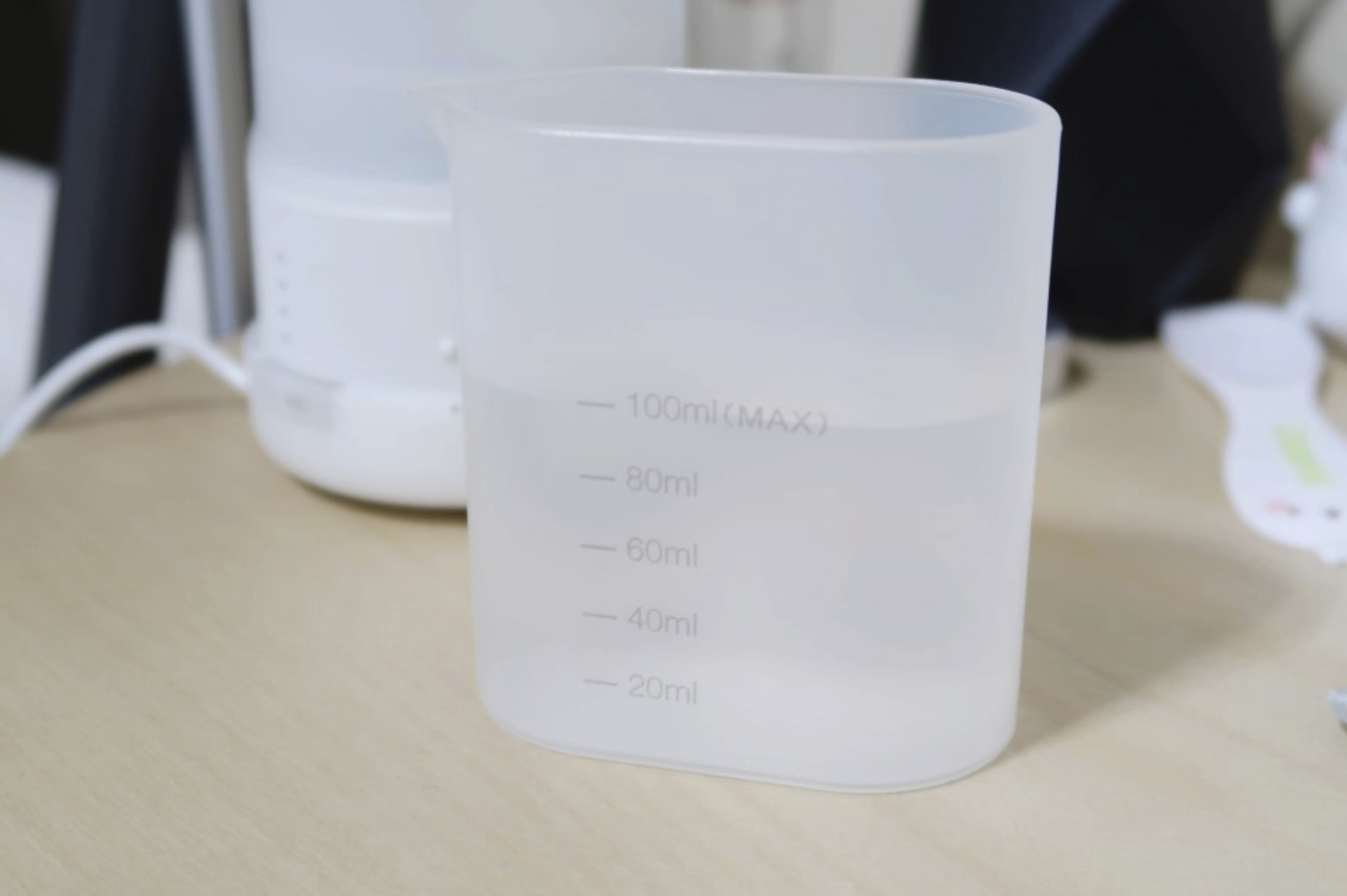

Figure 2. The graphic sign tells what not to do: don’t put it near the computer, or don’t shake it
The layout design of the ultra aroma diffuser is quite straight forward with marking the scale bar and showing graphic signs(Figure 1, 2). Also, they are both located on the internal device so that someone who doesn’t usually read the instruction cannot miss the most important caution and care.
😦Poor Discoverability for novice users: No On/Off button
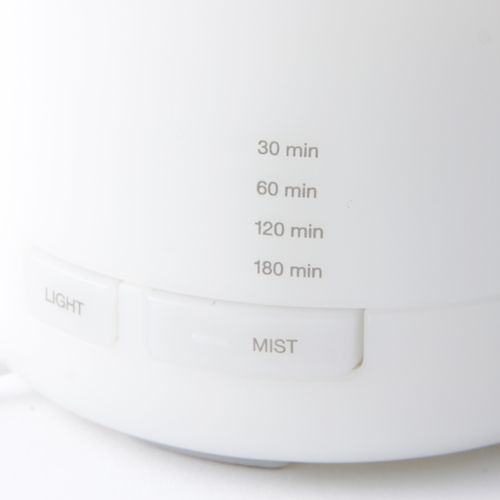
Firstly, no on/off button made me decide to explore the device which made me confused for the first time using it. There are only two buttons labeled with light and mist including the time scale (Figure 3). The light button was key for me not to push the button since the lighting wasn’t my primary purpose.
😃Simultaneously, Brilliant problem-solving for all: No On/Off button to prevents from fire risk

Later, I dug into what the ultrasonic wave is and its function, it uses water to create a sound pressure wave to become a vapor for dispersing the scent more widely (Figure 4). When there is no water in the storage, it may cause a fire risk. The On/Off button can be super novice user-friendly but the On button will cause a problem in continuous operation without water, if the product has separate buttons, timer and the on/off button.
👄Recommendation on On/Off Button: A sticker!
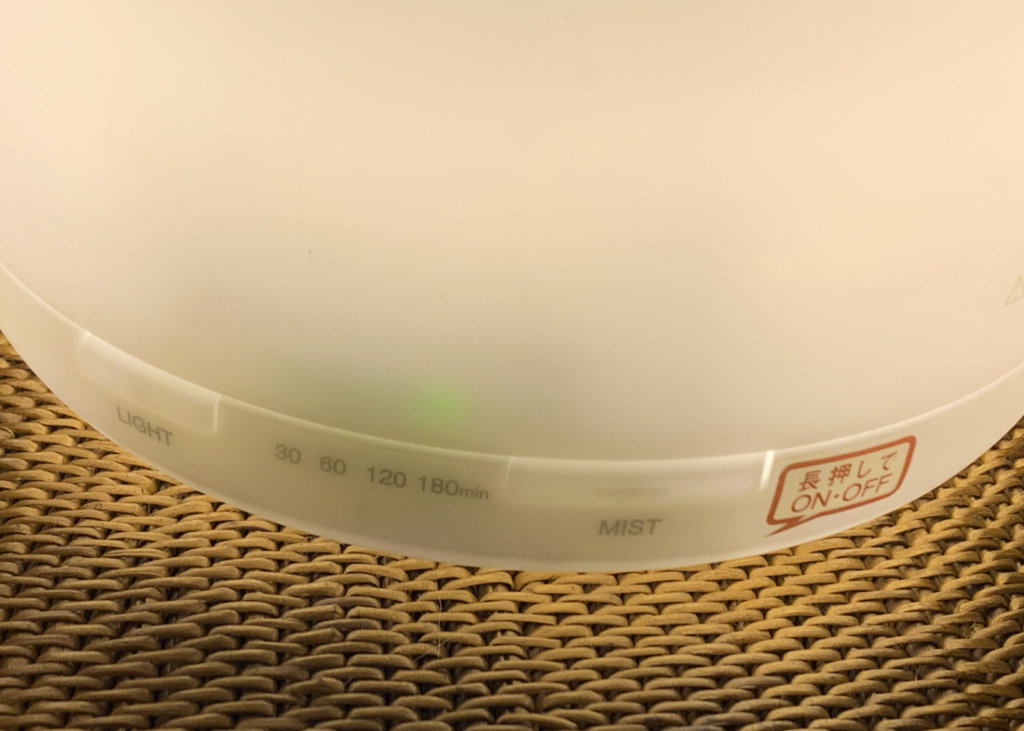
No On/Off button was Muji’s purpose to prevent any danger from the ultrasonic waves. After a few searches from Google, I found a picture with a sticker that tells users On/Off can be operated by pressing a Mist button long (Figure 5). It was written in Japanese, and Muji might already get bad feedbacks on the Mist button. The long-press on the Mist button is also able to the U.S. product, so, my suggestion is attaching the sticker to the U.S product as well, or labeling on the button with On/Off instead of Mist.
😦No Constraints on both button: water splashes on my face while turning right and opening the lid

Opening or closing the lid is very common for users if they want to refill the water. Since an ultrasonic aroma defuser is such a handy size, It is quite easy to press any button that will incidentally operate the vapor or turn on the light unconsciously (Figure 6). If you don’t want to splash water while you try to open the lid with one hand, you must be aware of the position of a Mist button so that another hand cannot press.
👄Recommendation on easy press button: Let it be…
Recommendation on the lid: Add 2-STEP lid release process
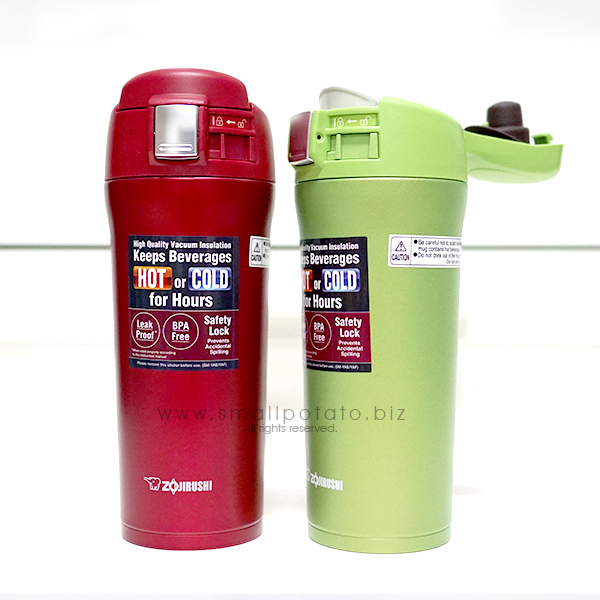
Often, for safety from any danger, the tumbler or mug cup has a locking trigger to minimizes water spattering from the lid. An ultrasonic aroma diffuser can gain this idea which applies a lock button on the lid, and there must be a neat way that never tortures an original minimalist design but also not to have an unexpected disaster.
Conclusion
Human-centered design (HCD) is the process of ensuring that people’s needs are met, that the resulting product is understandable and usable, that it accomplishes the desired tasks, and that the experience of use is positive and enjoyable. Effective design needs to satisfy a large number of constraints and concerns, including shape and form, cost and efficiency, reliability and effectiveness, understandability and usability, the pleasure of the appearance, the pride of ownership, and the joy of actual use. HCD is a procedure for addressing these requirements, but with an emphasis on two things: solving the right problem, and doing so in a way that meets human needs and capabilities.
p219, The design of everyday things
Inspired by above his words, Muji satisfies users with its great signifiers on the interface, pleasantly shaped and formed in pure-white design, its reasonable price – price down over time, and multiple functions – it can be used as a diffuser, humidifier, or lights. Though at the same time, an ultrasonic aroma diffuser can enhance the understandability on the On/Off button and usability on refill the water by a few changes from above the recommendations.
